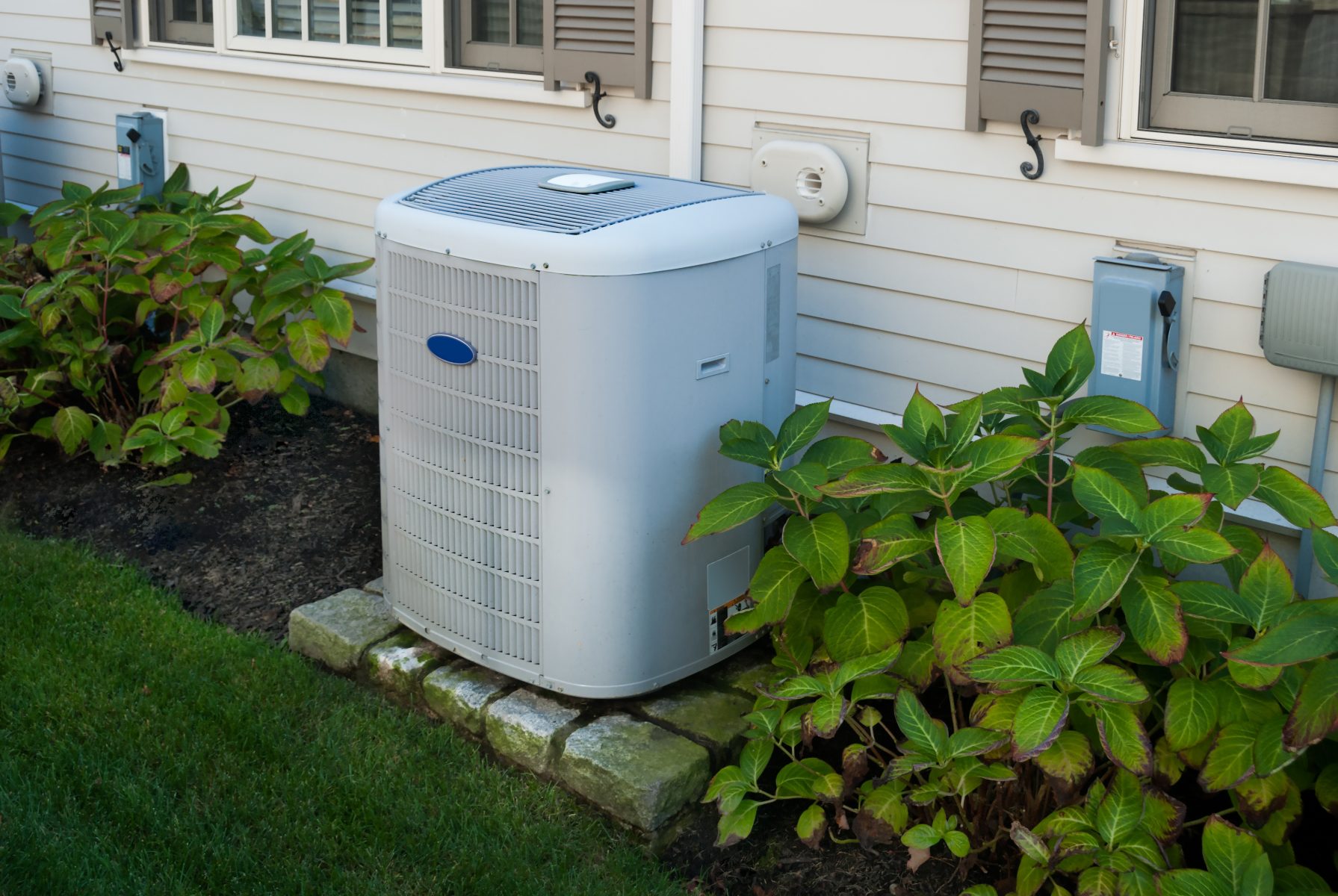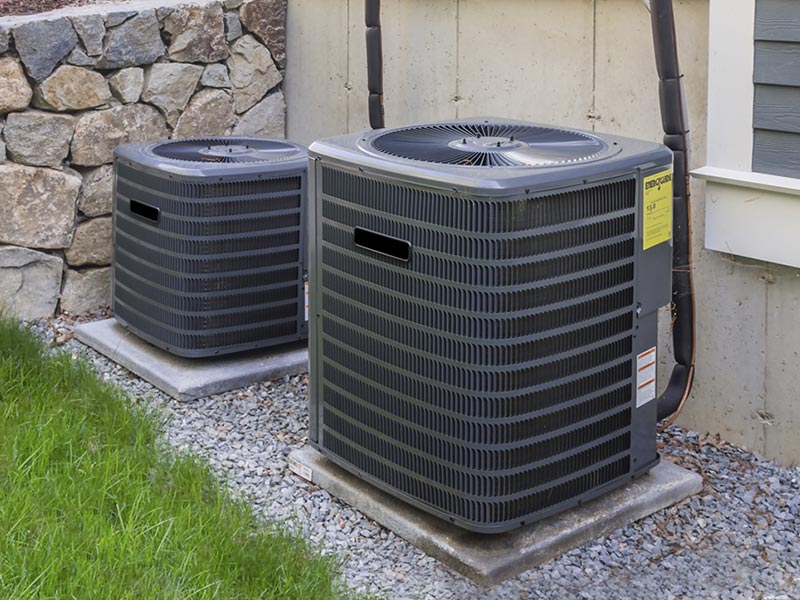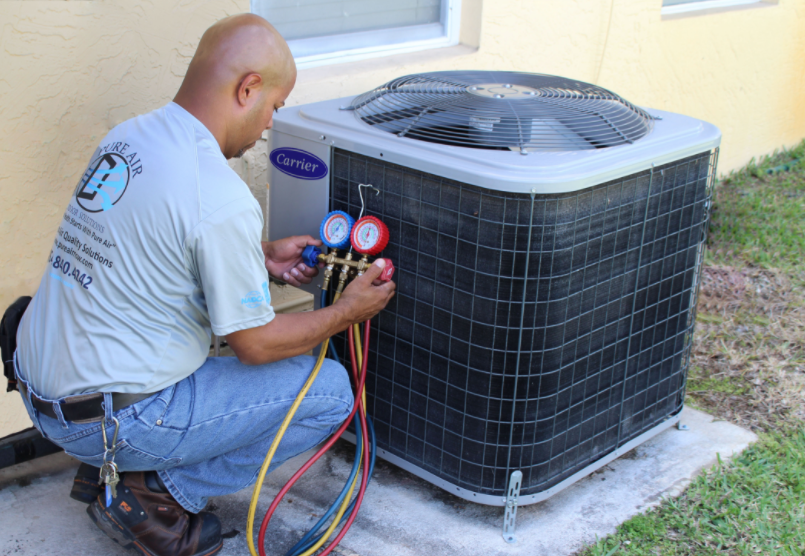If you have an HVAC unit, it is important to understand the seer ratings. Read on to find out more!

Spring has come and summer is getting closer. Tired of the hot, humid summer and no relief when you go inside? Maybe it's time to start thinking about replacing your air conditioner. Since buying a new AC device is a huge investment for your family and there are so many factors to consider – different types and sizes of devices, BTUs, filters and SEER ratings – the process can be overwhelming. This article covers the basics of SEER ratings so that you can safely invest.
Seer Ratings – What Are They?
The acronym SEER stands for Seasonal energy efficiency rate or sometimes (incorrectly) referred to as the seasonal energy efficiency class. In any case, the meaning is the same. The SEER rating of an air conditioning system is the measurement of the amount of energy with which the unit can work efficiently. Without being too technical, the SEER rating is the value that HVAC engineers receive if they divide the cooling capacity by the current that the device consumes.

Understand a good vision rating
New units being built today must have a minimum rating of 13 to 14 and a maximum rating of 21 to 25. An important fact is that a SEER rating is not a constant value. The rating only reflects the maximum possible efficiency of the device. However, the device does not always work with the maximum capacity. Let's compare a SEER rating to an automobile's fuel consumption or miles per gallon (MGP). Although your car may reach 30 MPG on the highway, it is unlikely to be the case in other circumstances, such as in city traffic where the car's fuel consumption is significantly lower. A device with a higher SEER rating is more energy efficient, but that doesn't mean you need the highest rating available. In fact, the SEER rating of an older AC device is 8 or 9. So upgrading to a 13 or 14 SEER device will dramatically improve your energy efficiency.
USA Regional Seer Ratings
In order to save consumers money by reducing supply costs, the U.S. Department of Energy (DOE) implemented energy efficiency standards for everyday devices. Regarding AC systems, however, the DOE stated that the country had to be divided into regions due to the different climate. Therefore, three regions were developed based on population, area temperature and humidity. The three regions are – Southeast, Southwest and North.

Minimum SEER rating by region
- Southeast – 14th
- Southwest – 14th
- North – 13th
Which seer is best for me?
When looking for air conditioners, it is always best to consult your local HVAC expert to get the best SEER rating for your home and to win for your money. A common misconception is that you need a device with the highest SEER available. That may not be true. The higher the SEER rating, the more expensive it is to buy the device. There are other factors that can help you achieve maximum energy efficiency with a lower SEER.
Other factors are –
- The AC capacity of the house.
- The current condition and design of the piping.
- How isolated the house is.
A local HVAC expert can assess your individual situation and help you determine whether the initial investment justifies the savings over a period of 1, 5, 10, or 15 years.
Author bio
Michael Tobias is the founder and director of Nearby Engineers and New York Engineers, an Inc 5000 fastest growing company in America. He leads a team of over 30 mechanically, Electrical, plumbing and fire protection engineers from the company's headquarters in New York City and has led numerous projects in New York, New Jersey, Chicago, Pennsylvania, Connecticut, Florida, Maryland and California, as well as in Singapore and Malaysia. He specializes in sustainable building technology and is a member of the US Green Building Council.




